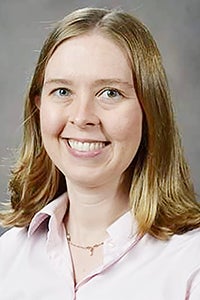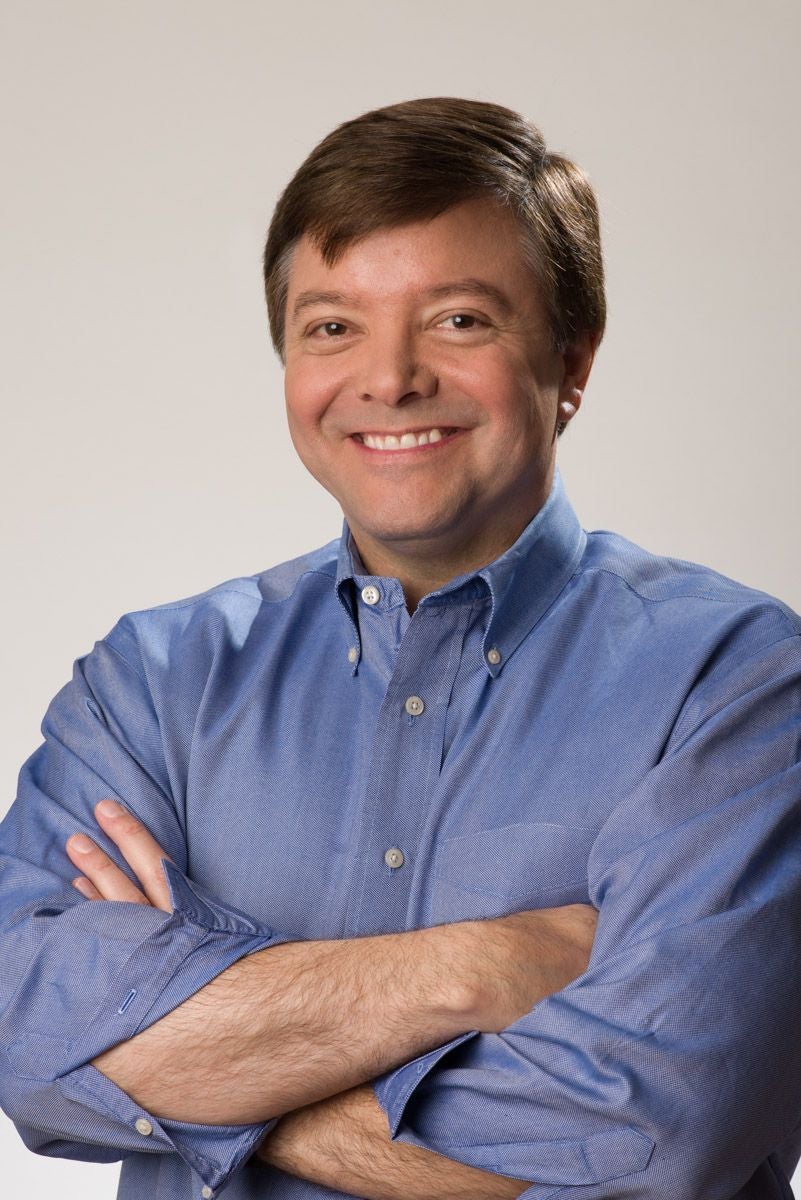Ferguson: Establishing a lawn, Part 2 — Soil preparation, planting and post-planting care
Published 12:09 pm Tuesday, May 3, 2022

- Mary Helen Ferguson
|
Getting your Trinity Audio player ready...
|
Regardless of whether you plan to seed, sod, plug, or sprig (the last method will not be discussed in detail here) there are certain things to do prior to planting turfgrass.
Before establishing a new lawn, existing vegetation should be killed. This can be done in one of several ways. A non-selective herbicide such as one containing glyphosate or glufosinate and labeled for use in lawn areas is one option. Be sure to follow label instructions when using any herbicide.
Mechanical destruction and solarization are other options for destroying existing vegetation.
Following your soil test report, spread any recommended lime or sulfur (if applicable) and nutrients, except nitrogen. (Depending on what fertilizers are available, it may be hard to get other nutrients you need without nitrogen. Including up to 1 pound nitrogen per 1,000 square feet in this pre-plant application is okay, but some of it will be lost before the grass is able to use it).
Till the soil to a depth of four to six inches, incorporating the added amendments. Soil should be tilled even if no amendments are needed. Remember to contact Louisiana 811 and have them mark utility lines before you till to avoid unpleasant surprises.
Remove debris with a rake, and make any adjustments needed for adequate drainage. Once soil has been contoured, using a roller can help keep it in place.
With enough care, sod and plugs can be installed year-round, but better establishment is expected between April and September for sod and between April and August for plugs.
Warm-season grasses can be seeded between March and July. When done between mid-April and early May, soil temperatures are likely to be warm enough for fast germination, and spring rains can help get grass established.
Wait and pick up sod, or have it delivered, when you’re ready to install it. Abut sod pieces to each other. Arrange them so that the seams between pieces in one row do not line up with seams in the next row but are staggered in a brick-like pattern.
Plugs can be purchased pre-cut, cut from squares of sod, or transplanted from established parts of your own lawn. Plugs should be at least two inches wide. Recommended plug spacing for centipedegrass, zoysiagrass, and bermudagrass is six to 12 inches, while that for St. Augustinegrass is 12 to 14 inches.
Suggested rates (per 1,000 square feet) of pure live seed are as follows: five to 10 pounds bahiagrass, 0.75 to one pound common bermudagrass, one to 1.5 pounds carpetgrass, 0.5 to one pound centipedegrass, and one to two pounds zoysiagrass seed.
Note that the above rates are of pure live seed (PLS). Seed sources should provide information about percent purity and percent germination. Rates should take these into account. For example, if the bag says that seed is 75-percent pure and has an 80-percent germination rate, and you want to apply it at a rate of one pound PLS per 1000 square feet, you’d actually need to use 1.7 pounds (1 / [0.75 x 0.8]) of seed per 1000 square feet.
Using a drop or broadcast spreader, spread half of the seed while moving in one direction and half while traveling crosswise, for good coverage.
Irrigate frequently in the absence of rain for the first 10 to 14 days after sod or plug planting, or until seedlings emerge in seeded areas. Then, transition to less frequent watering so that grass will start to grow roots deeper into the soil.
Apply fertilizer at a rate of 0.5 pound of nitrogen per 1,000 square feet after sod or plugs have established roots, about one to two months after planting. For seeded lawns, fertilize at that rate 10 to 14 days after seedlings emerge. Additional fertilizer can be applied later in the growing season (no later than the end of August, generally) if grass is established early in the season.
Try to avoid disturbing the newly seeded, sodded, or plugged area. Wait until sod or plugs have become established and blades have begun to grow to mow. As usual, mow at a height recommended for the respective turfgrass, and avoid removing more than one-third of the lengths of grass blades at one time.
Let me know if you have questions.
Dr. Mary Helen Ferguson is an Associate Extension Agent with the LSU AgCenter, with horticulture responsibilities in Washington and Tangipahoa Parishes. Contact Mary Helen at mhferguson@agcenter.lsu.edu, 985-839-7855 (Franklinton) or 985-277-1850 (Hammond).




